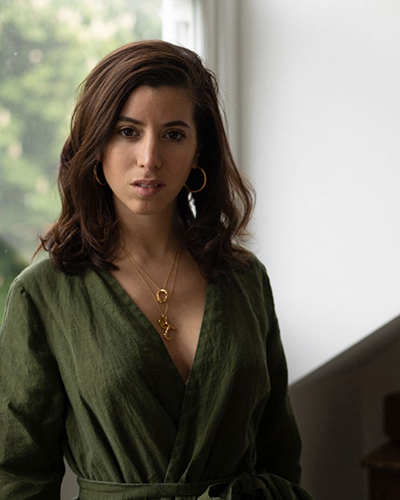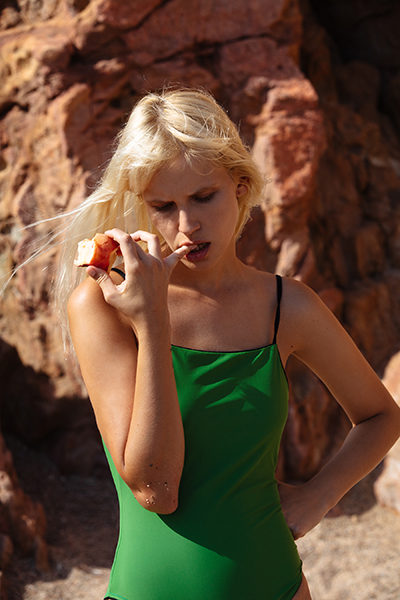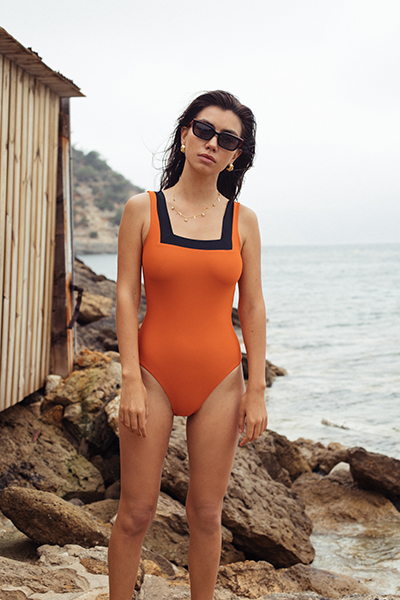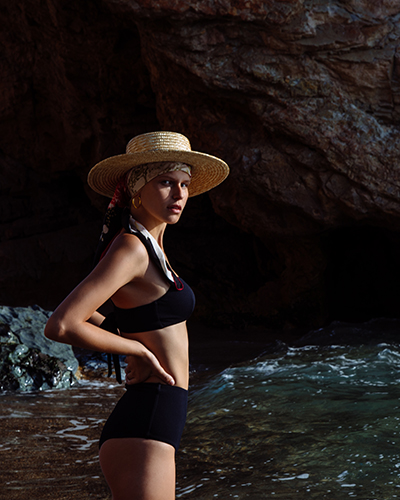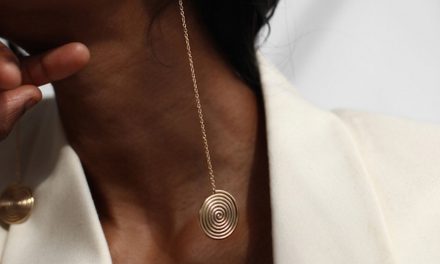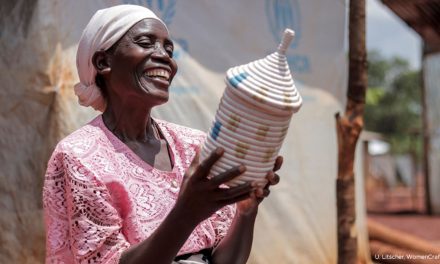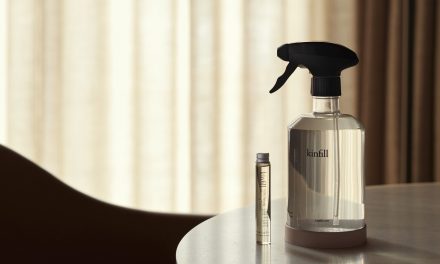10 Questions for Josefina A. Theo of Casa Raki
Image: Casa Raki
Growing up in Uruguay, Josefina A. Theo spent a huge amount of her childhood at the beach. After spending several years working in London as a fashion photographer, she built up the courage to fulfill her dream and start a swimwear range.
When it comes to swimwear, we don’t always purchase with longevity in mind. Josefina A Theo began Casa Raki in 2018 with the intention of creating good quality swimwear that didn’t harm the ocean. And most importantly it needed to last longer than your Summer holiday. She is deeply passionate about sending a responsible message to her customer through her collections. Not only that, but she uses her extensive knowledge of purchasing and wearing swimwear to create styles that beg to be worn.
The Vendeur: How did your upbringing in Uruguay influence you to become a swimwear designer?
JT: Growing up in Argentina meant it was almost always summer. As a result people take their swimwear very seriously. You have to when you essentially live in it! My family and I spent every summer at our home in Punta del Este, which meant that I was lucky enough to spend at least 2 months on the beach every year. Uruguay allows for the most amazing quality of life; vibrant characters, activities and scenery. It is as close to paradise as I have found. Growing up on the beach I was surrounded by every type of bikini, swimsuit and wetsuit you could imagine. From the skimpiest Brazilian inspired styles to high tech wetsuits that allowed you to take advantage of the amazing surfing. When I finished high school, I took a Fashion Design course which I pursued for 2 years. In my second year I started taking pictures as a hobby, and shortly afterwards publications and brands were hiring me as a photographer. I had to make a decision at a very young age of what career path to choose and it made sense at the time to pick the one I was getting paid to do. Design has always been at the back of my mind, eventually culminating in Casa Raki. I love designing styles that make women feel empowered not exposed.
TV: Why did you decide to switch from fashion photography to design?
JT: During my twelve years as a fashion photographer I’ve been lucky enough to work for two major brands in the industry, NET-A-PORTER and Matchesfashion.com. These experiences were an endless source of inspiration. I was surrounded by design but importantly saw it from a customer perspective and started to understand what sold well and crucially what didn’t. Once I had enough knowledge and expertise I thought it was now time to fulfill my dream and start my own brand. I kept imagining designs I couldn’t find and I felt equipped with the right knowledge.
“I love designing styles that make women feel empowered not exposed.” – Josefina A. Theo
TV:When designing and manufacturing swimwear what challenges did you come up against?
JT: So many! My biggest challenge was knowing where to begin. I remember having a book of sketches, technical drawings, everything ready to be made, but thinking how do I actually make this happen? The first thing I did was join a short course at London College of Fashion: “How to start your own swimwear brand”. This gave me confidence and the realisation that I was well positioned to start my own label. My vision was always to have a brand with sustainability at the core and this brought about it’s own challenges. I had to carefully select fabrics and suppliers and ensure I did my due diligence as sustainability seems to be a buzz word with no standardization.
TV: You work with ethical, women owned factories in Portugal, why was it important to you to do this and what are the positives that you have seen come from the partnership?
JT: The best thing about my manufacturer is that they understand and share my vision. They know how to interpret my sketches and create beautiful prototypes with the best cuts I have found. I think this is related to the fact that they are women, they understand the struggle of finding good swimwear that fits. They do everything they can to help me achieve what I have set out to do. I also love the idea of supporting these amazing women who are experts in their craft while also doing the right thing for the environment.
TV: Why did you choose to use Econyl yarn in your collections?
JT: My younger sister is one of the reasons why I decided to go in this direction. Sofia is an avid surfer, and lover of the planet. She’s been recycling since I can remember. I will never forget when she came to visit me for the first time in London and decided she wouldn’t stay in my house unless I went to buy three different bins so she could do her recycling properly. By the time the brand came together, I was a convert. Once you become aware you cannot forget what you have learnt. With the help of my sister we found this amazing technology that was recycling plastic waste, mostly from the ocean, and transforming it into the softest and most amazing yarn. Is it more expensive to buy? Probably three times more. Is it better quality and softer to the skin? Definitely. So it was a no brainer, this was the only way to go. We would not only get a better quality product, but the brand would not be contributing to the issues caused by the fashion industry.
“I love the idea of supporting these amazing women who are experts in their craft while also doing the right thing for the environment.” – Josefina A. Theo
TV: Why do you only make a limited amount of pieces each season?
JT: As a brand we decided that we want to educate our customers that it’s not about quantity but quality. I am a believer that you are better off purchasing something well made and durable which you can reuse instead of buying cheap, high street options. Consumerism is a powerful cultural force which is negatively impacting our well being and distorting our sense of value while simultaneously wreaking havoc on our planet. When you stop buying fast fashion, you begin to value each item in your closet much more, and are far more likely to get as much use out of it as possible. At Casa Raki we don’t want to over saturate the market with endless products. Instead we want to make sure that our pieces are special and unique. Hence why we only do a few of them each season, we only do one batch of them and once they sell out, that colour option is gone.
TV: Why is it important to create swimwear with a long life?
JT: The world now consumes a staggering 80 billion pieces of clothing each year and the environmental impact of this is astounding. Part of the reason why we throw away so much clothing is because we no longer bother to repair a missing button, or a hole in the lining of our coat. If clothing feels cheap, fast, and disposable, that’s how we treat it. For us it was very important to create a product that was durable, and fortunately durable is what a product becomes if you know how to treat it. We encourage our customers to wash by hand, in cold water and to dry our products in the shade. We thought it was important to have all this information in our website, where you can follow steps on how to make this piece have the longest life possible. Vivienne Westwood said, “Buy Less, choose well, make it last.” We couldn’t agree more.
TV: The collection is very classic and flattering to wear, how did you go about designing and developing the fit of each style?
JT: I think here I had an initial question. Who is my client? What problems am I trying to help her solve? Here is where we got technical. Every prototype we have made, I made sure I tried it on at least 8 different body shapes. I thought it was crucial that we should design pieces that would be flattering for many body shapes and not just one. Of course some models will be better for bigger breasts and some for smaller, but overall we wanted to create designs that could be for almost everyone. Everyone has body hang ups but this is not what you focus on when wearing Casa Raki.
TV: What role do you think fashion has to play in the fate of the oceans?
JT: Fashion is an incredibly powerful vehicle that can help raise awareness for important messages. Consumerism has played an integral part in ruining our oceans so it is vital that the industry starts to offer a solution. Firstly, I think it is important to start by creating consciousness. The biggest problem with climate change is that not everyone understands how it will impact their day to day lives. I wanted my brand to educate and most importantly enable customers to do the right thing. We are looking to introduce on our website the option to purchase a Guppyfriend washbag. This bags captures microfibers when you hand or machine wash your clothes. Basically, every time you wash synthetic clothes they shed small plastic microfibers, which is leading to plastic pollution in our waterways. This washing bag is a patented solution that filters out microfibers released from synthetic materials during washing.
TV: What is the next big issue that you want to tackle within the business?
JT: I still think there is a lot of work to be done with educating and empowering the consumer with the right options. We will continue to tackle this issue. Alongside this we are looking to partner with charities that have synergy with our brand such as Parley for the Oceans to further the message.
Disclaimer: The people and models in the images featured are not associated with The Vendeur and do not endorse it or the products shown. This post may contain affiliate links. Prices correct at time of publishing.

